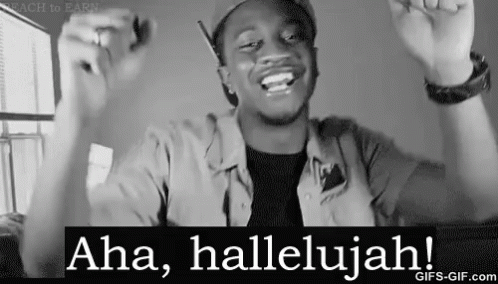With the rise of technology, the world is becoming a drastically different place than it was one hundred or even fifteen years ago. I wouldn’t even be blogging here if it weren’t for technology! You’re probably reading this on some new fangled, shiny piece of equipment. Hey, guess what! You wouldn’t be reading the best blog post ever without technology either. We’re in the same boat.

“My mind now expects to take in information the way the Net distributes it: in a swiftly moving stream of particles”
– Nicholas Carr
Technology literally puts information at your fingertips and it allows for quick and easy access to A LOT of information. A book could never contain every. single. page. from the Internet. It’s simply not possible! So to the people who argue that books are they way to go, there’s no competition. Technology hands down wins because an answer to your question is bound to be somewhere.
You don’t believe me? Check out the World’s Longest Books and the number of pages on the Internet (hint: it’s 13,095 pages vs. at least 4.49 billion pages)
“Because students are not able to communicate emotion effectively through texts, some teachers worry, they might lose the ability to do so in writing”
– Michaela Cullington
Although I agree with the fact that emotion is lost through texting, I disagree that it carries over to academic writing. As a student, I tend to adapt to different writing situations. In a more formal environment, I am aware of grammar and how ideas can be viewed. Losing grammar points on a paper you spent hours on sucks. This is why I shift my writing perspective in an academic setting vs. a more casual setting. When I text, it is usually on the fly and not thought out all the way because I know that if there is confusion, I will clarify with the reader when I catch up with them later to avoid an angry catfight.

source: http://meowgifs.com/1991
Students basically created a new language “ideal for communicating in a high-tech world”
– David Warlick
Onnnn the other hand, the students who are the ones texting and using new forms of technology are the ones who will be best prepared for the future. With all the new innovations popping up, it is important for students to be able to think on their toes and be ready to try new things. Props to millennials for helping us be short and to the point.

source: http://pix.iemoji.com/images/emoji/apple/ios-9/256/olive-toned-clapping-hands-sign.png
^ on that note, to all the h8rz complaining that (**insert snooty accent here**) our lovely babies cannot write long poetic pieces with lots of imagery, last I checked pictures are worth a thousand words. So that text to a friend last night is actually worth 88,000 words. And by the way, it only took 8 minutes to write instead of weeks or years. And look at all that imagery.

Source: http://cdn3.teen.com/wp-content/uploads/2014/05/signs-you-found-your-best-friend-forever-10.jpg
“Schools and colleges are missing an opportunity when they do not encourage students to take their nonacademic interests as objects of academic study”
– Gerald Graff
When academics and nonacademics collide, it can create a powerful learning experience for a student. This combination makes it easier for students to relate to complex ideas taught in the classroom. Learning does not have to be as conventional as it used to be. Learning can happen anywhere: in the classroom, on the field, in the grocery store, at the mall, playing video games. The opportunities are endless! So why not use them to our advantage? Teachers can capitalize on something that might be more engaging to a student rather than strictly going by lame textbook. Plus, I am better at remembering things when they’re more hands on rather than taking notes.
I’ll let you go on your merry way now. I’m sure you have other sites and apps to visit. Next time you use technology, keep in mind that it took us a billion years to get here and a lot of the pieces of technology you’re using is a result of a domino effect of innovation – one thing leads to another.

source: https://slipthroughmovies.wordpress.com/2015/04/11/unbreakable-kimmy-schmidt-episode-5/























